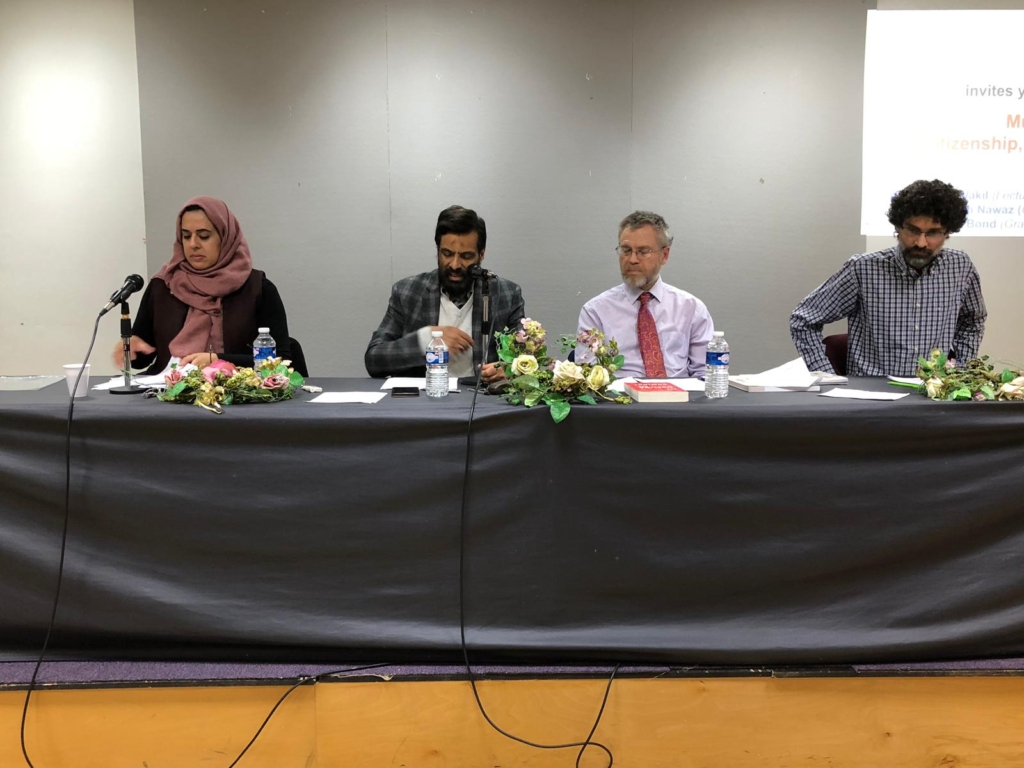The central bank of the world’s largest oil exporter slashed benchmark lending rates to two per cent now from 5.5pc in October and nearly halved deposit requirements for banks in a twin policy attack on the effects of the global financial crisis.
But banks have barely responded. Money supply growth in January slowed to its lowest level in more than two years while bank loans to private sector fell for a third consecutive month.
"Fiscal policy must step in," said Abdulhamid Al Amri, member of the semi-official Saudi Economic Association think tank. "The private sector will look up more to the government."
So far, the government has said it would dip into $ 430 billion of net foreign assets held by the central bank to fund $ 400bn in investments in the next five years, now that oil prices have fallen below the breakeven point for the state budget, fuelled almost entirely by oil.
If the country is to avoid a serious recession, which would aggravate restlessness among the growing ranks of unemployed, the government will need to execute those spending plans and do so in a timely manner, experts say.
After years of furious lending on the back of the six-year oil rally that ended last year, cutting rates further will not prompt banks to resume issuing credit, said John Sfakianakis, chief economist at HSBC’s Saudi affiliate, SABB bank.
"Even if rates are brought down to 1pc it will not change the current situation," Sfakianakis said.
"The government is the last resort for confidence-building in the economy."
The rate cuts have lowered three-month interbank lending rate by almost two-thirds but lending margins have widened, making it more expensive for businesses and individuals to borrow.
"They have widened to reflect the current risk environment," said Said Al Shaikh, chief economist of the state-controlled National Commercial Bank, the country’s largest lender by assets.
Saudi banks were still unable in January to bring their loans-to-deposits ratio below the 85pc limit set by the central bank after the relentless pace of lending of the past few years.
Saudi policy reverberates throughout the region. Its position is similar to other economies in the Gulf Cooperation Council (GCC) like Kuwait or the UAE.
"Confidence, not necessarily liquidity, remains the key issue to restoring credit to these economies," said analyst Ali Al Eyd at Citibank in a research note.
"Lower interbank rates should help to unclog credit markets, encourage wider lending and support economic activity. In reality, however, it is not clear to us that banks are willing to lend in uncertain conditions," he wrote.
The government has already taken steps to boost credit where banks have fallen short.
In January, the state-owned Public Investment Fund eased project finance conditions and in March, the state-owned Saudi Industrial Development Fund took a bigger role in creating credit to small- and medium-sized enterprises.
But these measures are unlikely to succeed alone, without the government deploying additional resources, especially in the property sector, where there is still a yawning gap between supply and demand amid Saudi’s quickly growing population.
"It has become evident that all non-oil industrial projects like in petrochemicals and mining have been put on hold because of the clouded outlook on global demand," said a bank chief financial officer.


